The PS5 is almost here and we got to try out Astro's Playroom, the platformer that comes with the console.
When the original Playroom launched alongside the PS4 as its free pack-in tech demo for the DualShock 4 and PlayStation Camera, I don't think anyone could have predicted how likable and memorable those little robots would become. When Sony launched its PlayStation VR headset, they created a new mini-game collection called The Playroom VR and one specific game in that collection — a third-person platformer named Robot Rescue — proved so popular it got its own entire game spin-off in the form of PSVR-exclusive Astro Bot: Rescue Mission.
Fast forward a few years and we're on the verge of the PS5 now. Instead of a loosely strung together collection of half-baked ideas like previous Playroom iterations, Astro's Playroom serves two purposes: it's both a non-VR sequel to Astro Bot: Rescue Mission and an elaborate demonstration of what makes the DualSense so special.
Cooling Springs is a great intro to a charming adventure
For this preview I'm only allowed to talk about one of the game's primary worlds: Cooling Springs. There's a lot to discuss here, but the rest is still under embargo.
When I walk through the hub portal to reach Cooling Springs there is a brief animation that shows Astro getting digitized as he enters an icy blue cooling fan and then appears at the top of a slide near a serene beach landscape.
Adaptive triggers are going to be a big focal point for PS5 games.
Astro slides down a steep and curvy slide before getting launched into the water. I'll talk more about the controller a bit later, but it seems like the intricate haptics and adaptive triggers are going to be a big focal point for PS5 games moving forward. Whether you're walking, swimming, sliding, jumping, fighting, or something else entirely, the controller is constantly doing different things in your hands. It's immediately noticeable and really does improve the experience.
Once Astro lands in the water a very tiny, adorable floaty ring appears around him and stays there until a few seconds after he gets out of the water. PlayStation symbol floaties are everywhere and you're constantly reminded this is, in fact, a PS5 game. I'm not typically the kind of person that cares much for cutesy stuff, but Astro is hard to ignore. There's something about his personality that Sony has really refined here and it's a character that you immediately want to see succeed.
The stage as a whole is split into four general segments that make up the entire level and it took me a little under an hour to finish. I didn't collect absolutely everything so there is certainly some replay value here and I'd imagine that holds true for every world.
Astro's Playroom doesn't present many new ideas for the 3D platformer as a genre, but it presents old ideas in some fresh and exciting ways.
What follows is your typical 3D platformer fare with lots of platforms, jump timing, and a few different types of enemies to fight. Combat is pretty basic overall — you can run, jump, hover, punch, and do a spin by holding down the attack button. At a few points you'll change forms to shake things up, but the premise is always the same. Astro's Playroom doesn't present many new ideas for the 3D platformer as a genre, but it presents old ideas in some fresh and exciting ways.
Golden coins are collected across the level to use for other things outside of Cooling Springs and you'll also find "artifacts" which are all pieces of technology from various points in Sony's long history of video games. In the Cooling Springs section I found all three models of the PlayStation 3 and the PlayStation 3 Move Sharpshooter rifle that was used for games like Resistance 3, Killzone 3, SOCOMO, Time Crisis, and others. When you find an artifact a detailed 3D model pops up that you can zoom in on and spin around by twisting the DualSense in your hands.
Adaptive triggers and immersive haptics with the DualSense controller
As much as I enjoyed my first hour with Astro's Playroom, the real standout was the DualSense controller. In terms of overall design and feel, this is the most dramatic alteration to the tried and true PlayStation controller design we've seen since the introduction of the DualShock back on the PS1. The core concept is still the same — both analog sticks are still parallel to each other at the bottom with a D-pad and face buttons on the far sides — but the shape of the hand grips and color scheme is drastically different.
From what I can tell so far, it's more ergonomic to hold and less rounded where your palms rest. It takes some getting used to after using the previously rounded hand grips for over two decades, but I think I like it a lot overall.
I could close my eyes and identify where I was in the level just based on how it felt in my hands.
But the reasons why it could be a huge step forward for controllers in general are the adaptive triggers and precise haptics. When you're just playing normally or not in a game, the L2 and R2 triggers press up and down normally and very easily. But then depending on what you're doing in the game, developers can customize how much resistance the triggers have. For example, in one portion of Cooling Springs Astro can transform into a spring-loaded Jack-in-the-Box style robot. To move you have to tilt and aim the controller, pull down hard on the trigger until you feel it fully "loaded" to charge the robot's spring, then let go to launch him. Because of the haptic feedback and resistance on the triggers adapting to the situation, it's incredibly immersive.
Another great example is when you walk across different types of surfaces. One portion of the level lets you walk across glass that can be destroyed by jumping then hovering with Astro's jet boots. When hovering it shoots down lasers that can shatter glass. So if you walk across the glass, then go back to a wooden or metal platform, the controller feels different depending on the surface. It's truly wild to say the least. I could close my eyes and identify where I was in the level just based on how it felt in my hands.
Franchise potential for Astro and his buddies
Anyone that played Astro Bot on PSVR can back me up in my assessment that he's the best original PlayStation mascot-style character in recent memory. In a land of realism-focused open world third-person action adventure exclusives (Uncharted, God of War, Horizon: Zero Dawn, Spider-Man, and so on) Astro is a breath of fresh air. He's got the light-hearted and airy quality of Ratchet & Clank or Jak & Daxter with an iconic and impossibly cute style. In short, it seems like the kind of mascot that could have rivaled Mario and Sonic in the 90s and he straddles the line between modern and retro in a way that perfectly calls out to the current gaming generation.
Astro is the embodiment of PlayStation's nostalgia and promise.
One of my favorite things about Astro as a character is that he has a ton of personality, a lot like Crash and Sonic. If you stop playing for a few seconds he'll turn to wave at you, plop down and start playing his PS Vita, or sometimes even slap on a PSVR headset to look around inside a virtual world. Not only is the game itself a celebration of the brand's legacy, but Astro is the embodiment of PlayStation's nostalgia and promise.
In fact, Astro's Playroom as a concept is arguably just one highly-concentrated dose of PlayStation nostalgia. The entire premise of the game is that you're exploring all of these various worlds designed around "parts" of the PS5 itself. Such as, for example, the "cooling" system inside the hardware — aka Cooling Springs.
I'd really love to see Astro used more by PlayStation not only as a debut for its new hardware that shows off the new tech and gimmicks, but as a true mascot in marketing materials that gets a new game every few years.
Astro already is what Sony wanted Knack to eventually be and I'm not sure if they even realize what they have on their hands here.
from Android Central - Android Forums, News, Reviews, Help and Android Wallpapers https://ift.tt/3oxSkWk
via IFTTT

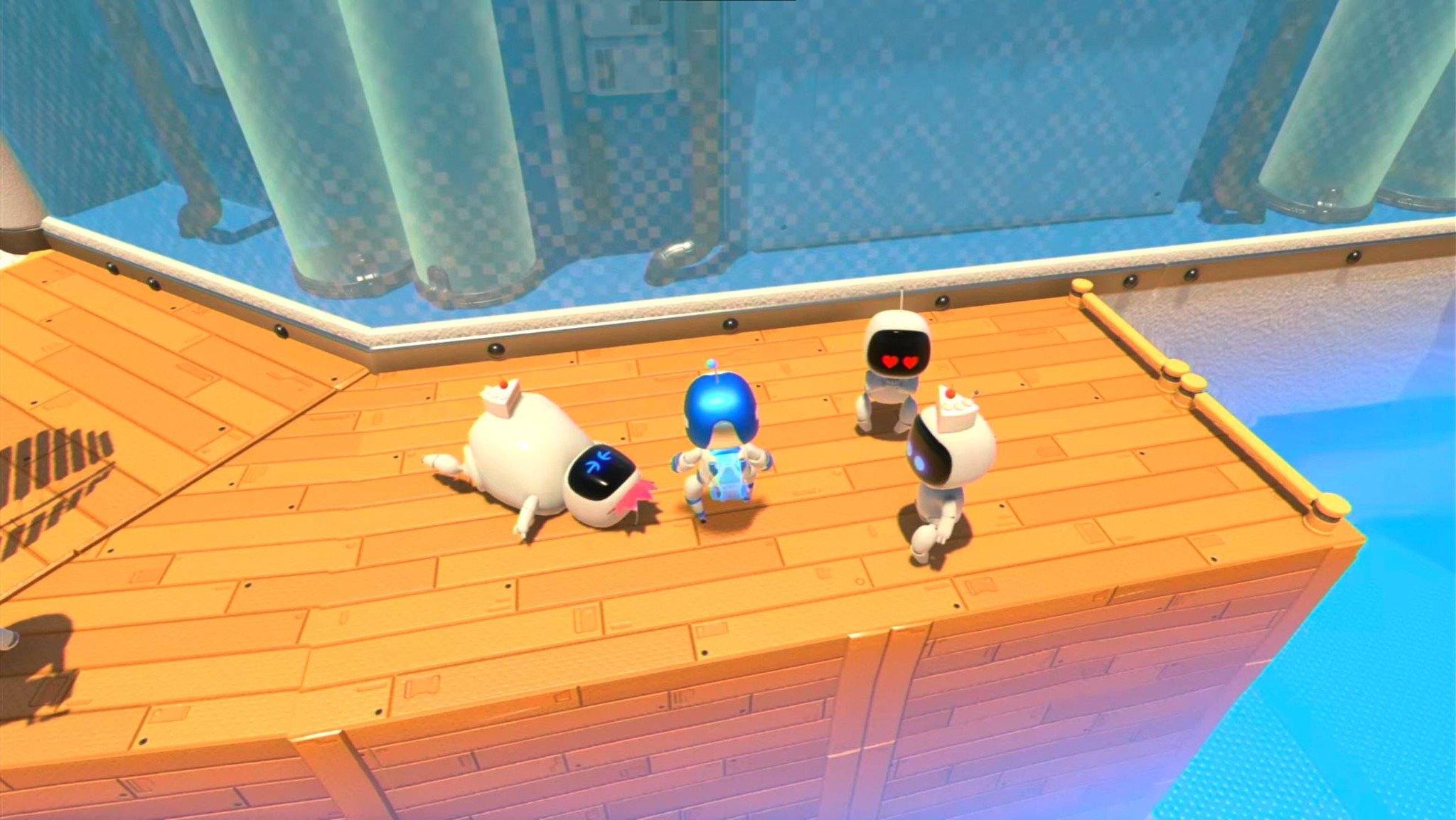
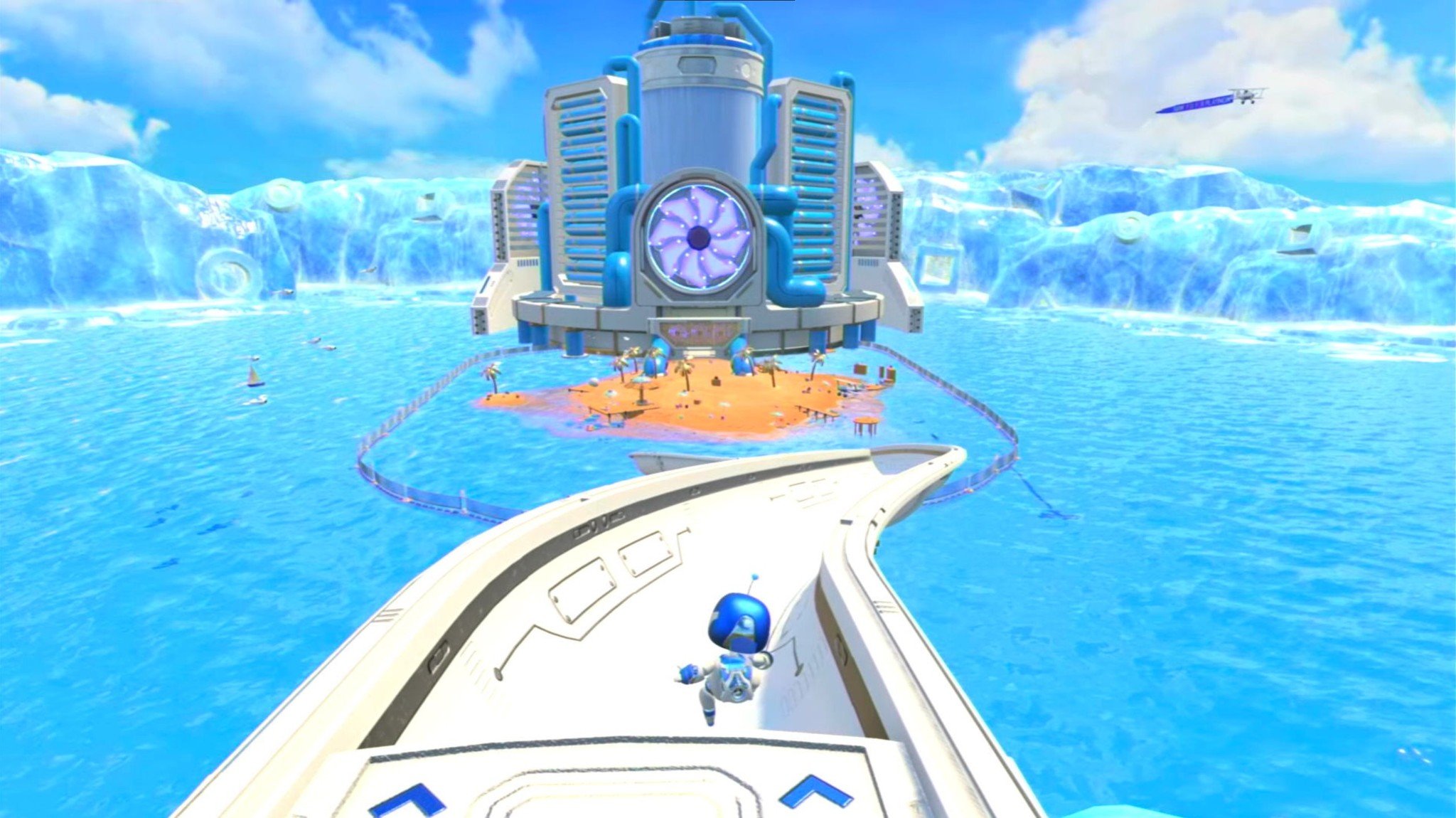
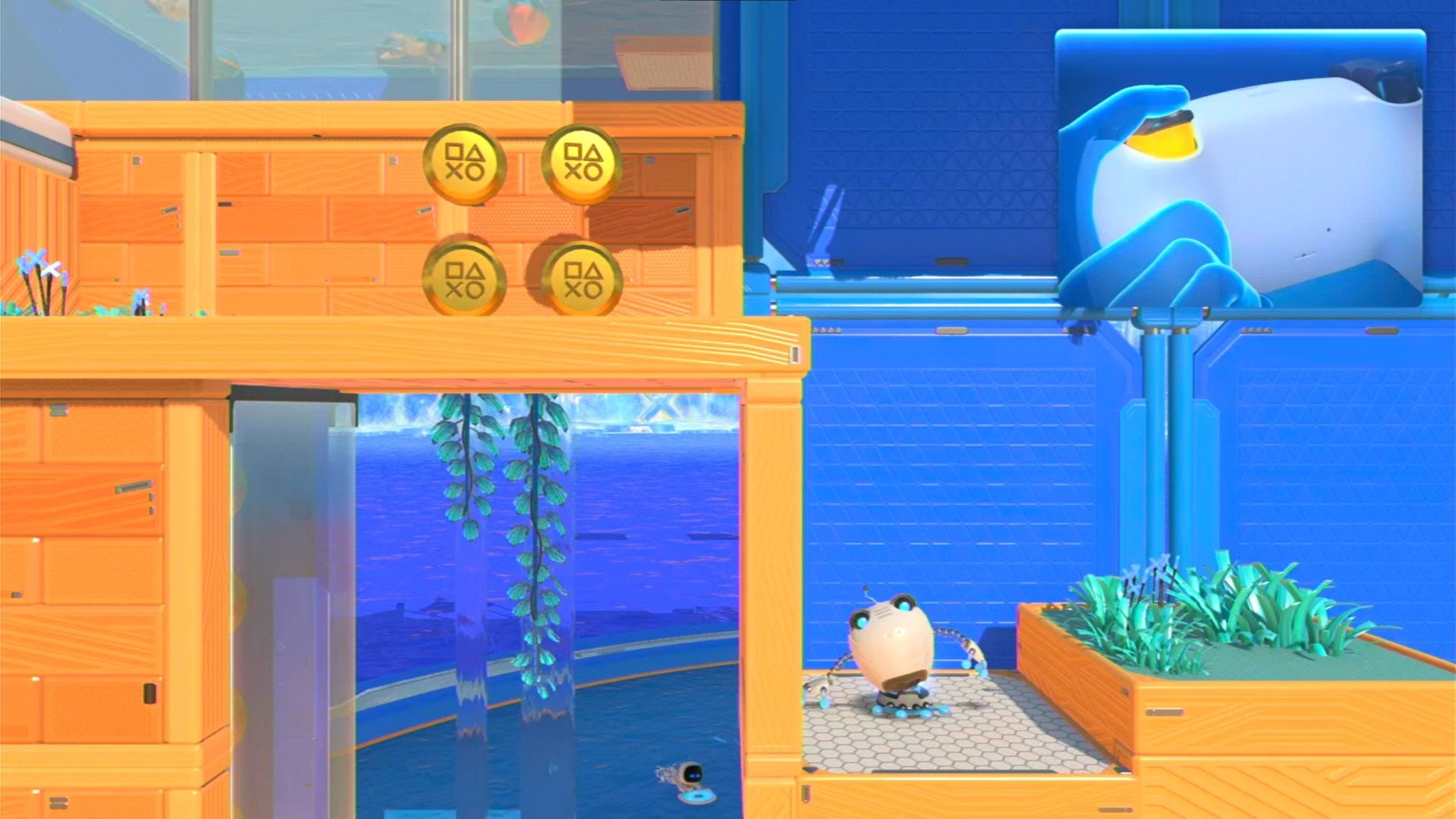

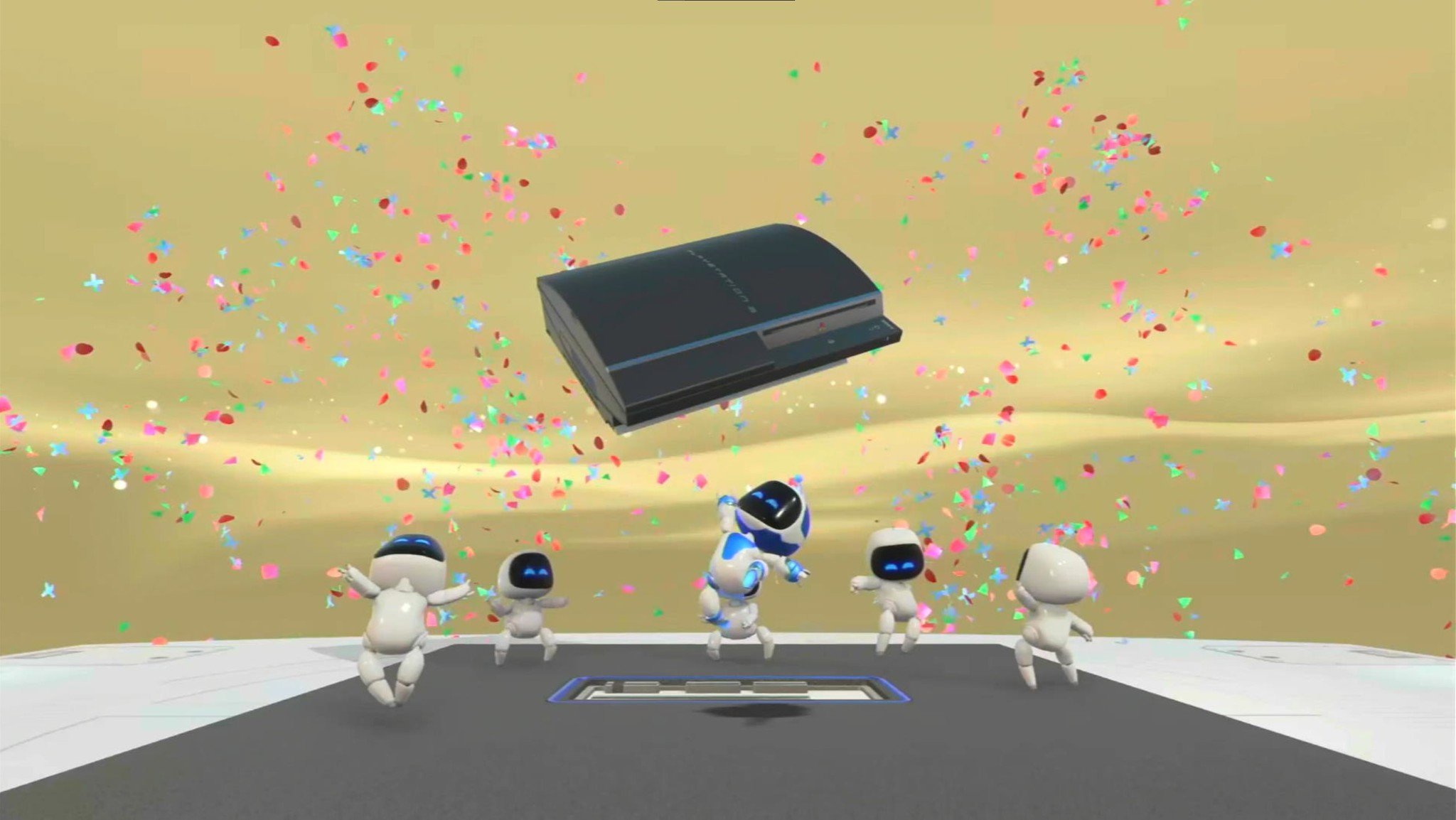
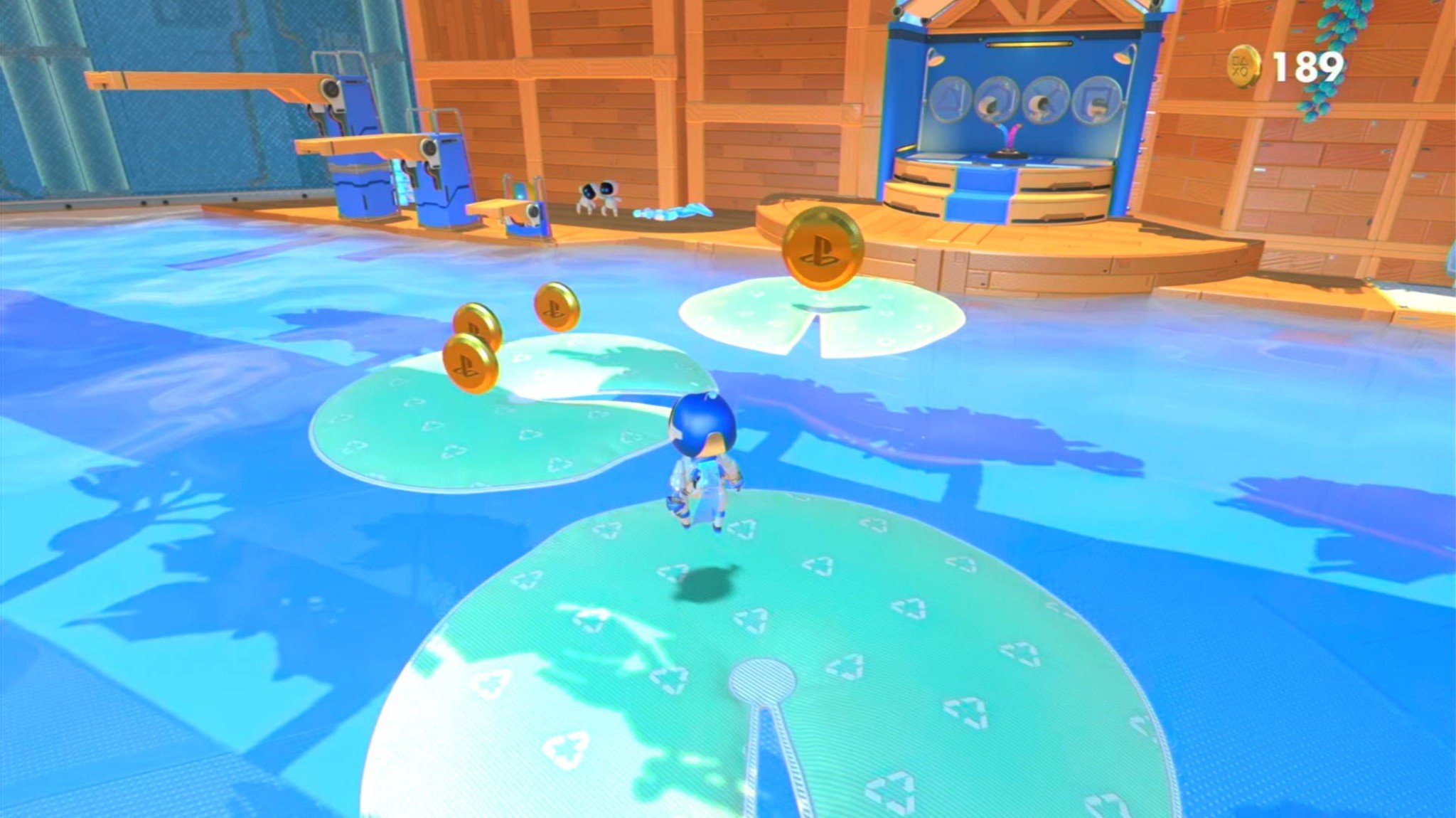
Aucun commentaire:
Enregistrer un commentaire